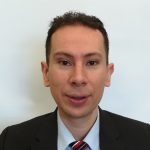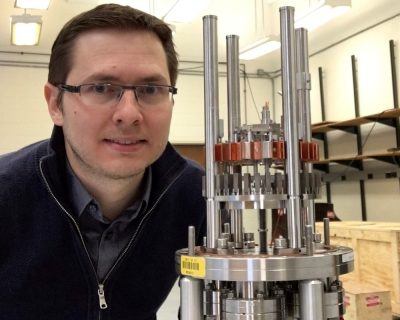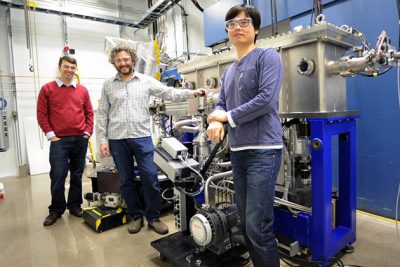The Physics department is pleased to announce a new thrust in research, scholarship and teaching with the hire of three young astronomers:
Jonathan Trump arrives from a Hubble Space Telescope Fellowship at Penn State University, Cara Battersby who currently has an NSF fellowship at the Harvard Smithsonian Center for Astrophysics and Katherine Whitaker Tease who is currently completing a Hubble Space Telescope Fellowship at UMass. Both Kate and Cara will take a one-year leave to finish their current appointments and they will be on campus full time starting Fall 2017.
Welcome astronomers!




 Dr. Sochnikov is a recipient of Montana Instruments Cold Science Exploration Awards Lab Startup Grant.
Dr. Sochnikov is a recipient of Montana Instruments Cold Science Exploration Awards Lab Startup Grant.
